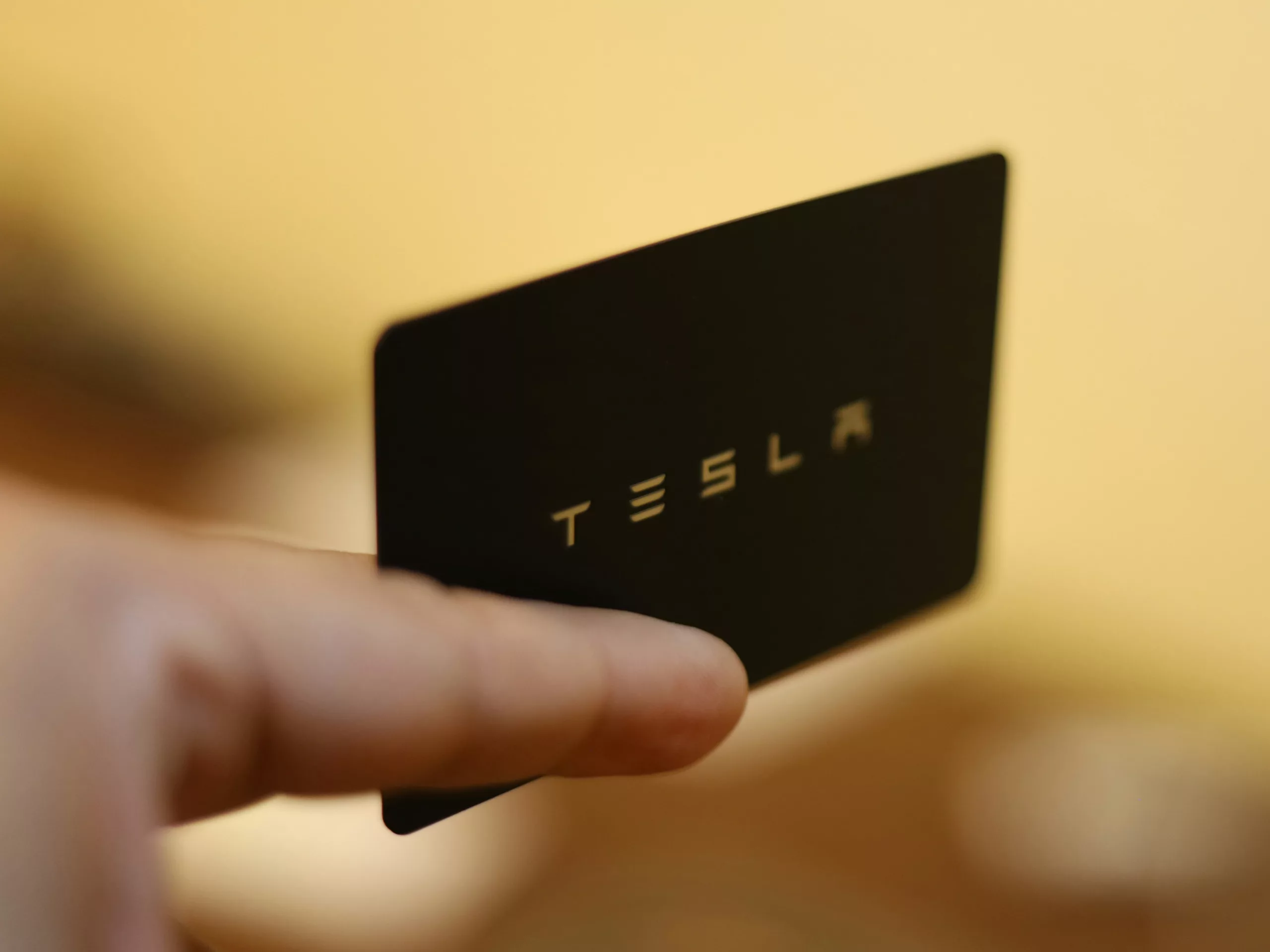The Great Debate on Tesla’s Marketing Strategy
Tesla, the automotive disruptor, has long stood firm with a non-traditional approach to advertising. While typical automakers flood television screens with commercials, Tesla has opted for a more modern engagement model—leveraging its referral program and the power of social media to create buzz without traditional TV ads. This approach has fueled debates on its efficacy, especially as the brand strives to continue its impressive growth in a highly competitive market.
Elon Musk’s Pivot Towards Advertising
Last year marked a shift in Tesla‘s stance with Elon Musk, the company’s visionary leader, hinting at a foray into the world of advertising. In step with his acquisition of Twitter, it was announced during a shareholder conference call that targeted online ads, particularly through YouTube, were on the table. This turn has stirred curiosity among Tesla enthusiasts and market analysts alike. Is this the strategic move Tesla needs, or is it an unnecessary garnish on an already palatable dish?
Flooding YouTube with Tesla Ads
Recently, the frequency of Tesla ads across YouTube has surged, catching the attention of fans and critics. Whether this is an optimal move remains debatable. Is Tesla’s financial investment in these ads justified by actual sales conversions, or is it pouring resources into a strategy that won’t significantly impact its already substantial online presence? The reality is, Tesla enthusiasts like myself, are already ingrained in the brand’s ecosystem and may see these ads as redundant.
A Case for Traditional Advertising
Despite Tesla’s digital savviness, there is a growing belief that traditional TV commercials could offer the brand an untapped audience. The power of television to reach viewers less familiar with YouTube’s content-rich environment could open doors to a demographic that’s traditionally supported auto sales but remains distant from Tesla’s digital-focused branding efforts. As Tesla moves further along the adoption curve, reaching “mass market” consumers who rely on TV for information could be vital.
Connecting with the “Mass Market” Audience
The transition from early adopters to a wider audience is critical for Tesla’s future growth. As Tesla vehicles become commonplace, it’s the so-called “normal people,” not just tech enthusiasts or early adopters, who will drive the next wave of sales. For these potential customers, a Tesla ad during their favorite TV show could strongly impact their perception, making the brand seem as mainstream and accessible as any legacy automaker.
Reflections and Open Questions on Tesla’s Marketing
Opinions on the effectiveness of Tesla’s marketing efforts are varied, and the debate is far from settled. While targeted online advertising is cost-effective, and Tesla’s online marketing has been nothing short of groundbreaking, one wonders if a broader approach could invite a new wave of buyers into the fold. What more could Tesla do to continue igniting consumer demand?
The Art of Advertising and Its Hidden Impact
Yet, we stand in a realm where the success of advertising campaigns is difficult, if not impossible, to measure with precision. Marketing remains as much an art as it is a science, leaving room for ongoing debates and diverse strategies. Tesla, like any company, seeks to boost sales while minimizing expenditure—whether that calls for a dip into traditional advertising or continued innovation in digital spaces.
Final Thoughts
While Tesla’s current advertisements on digital platforms could be fine-tuned, it’s worth remembering that experimentation and bold new approaches have been the hallmark of the Tesla brand. As Tesla grapples with scaling its customer base, one can only advise the automaker to keep thinking creatively—even if that means sometimes looking back at old methods to find a new direction.
